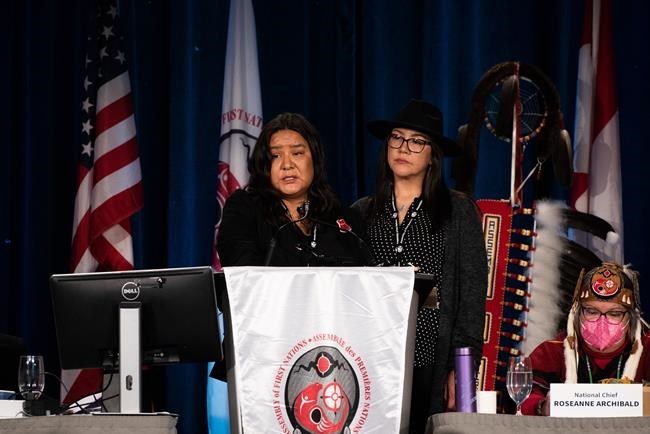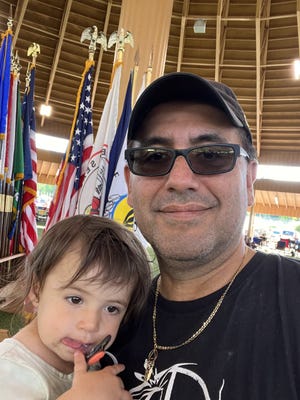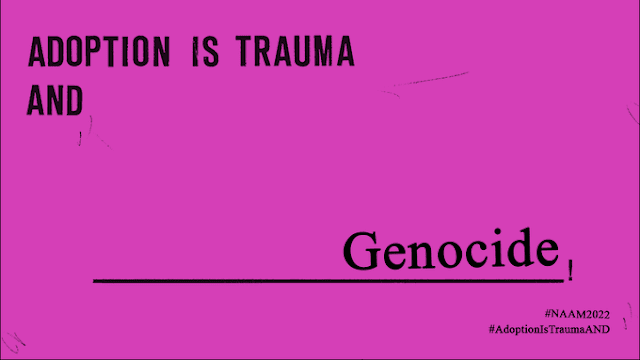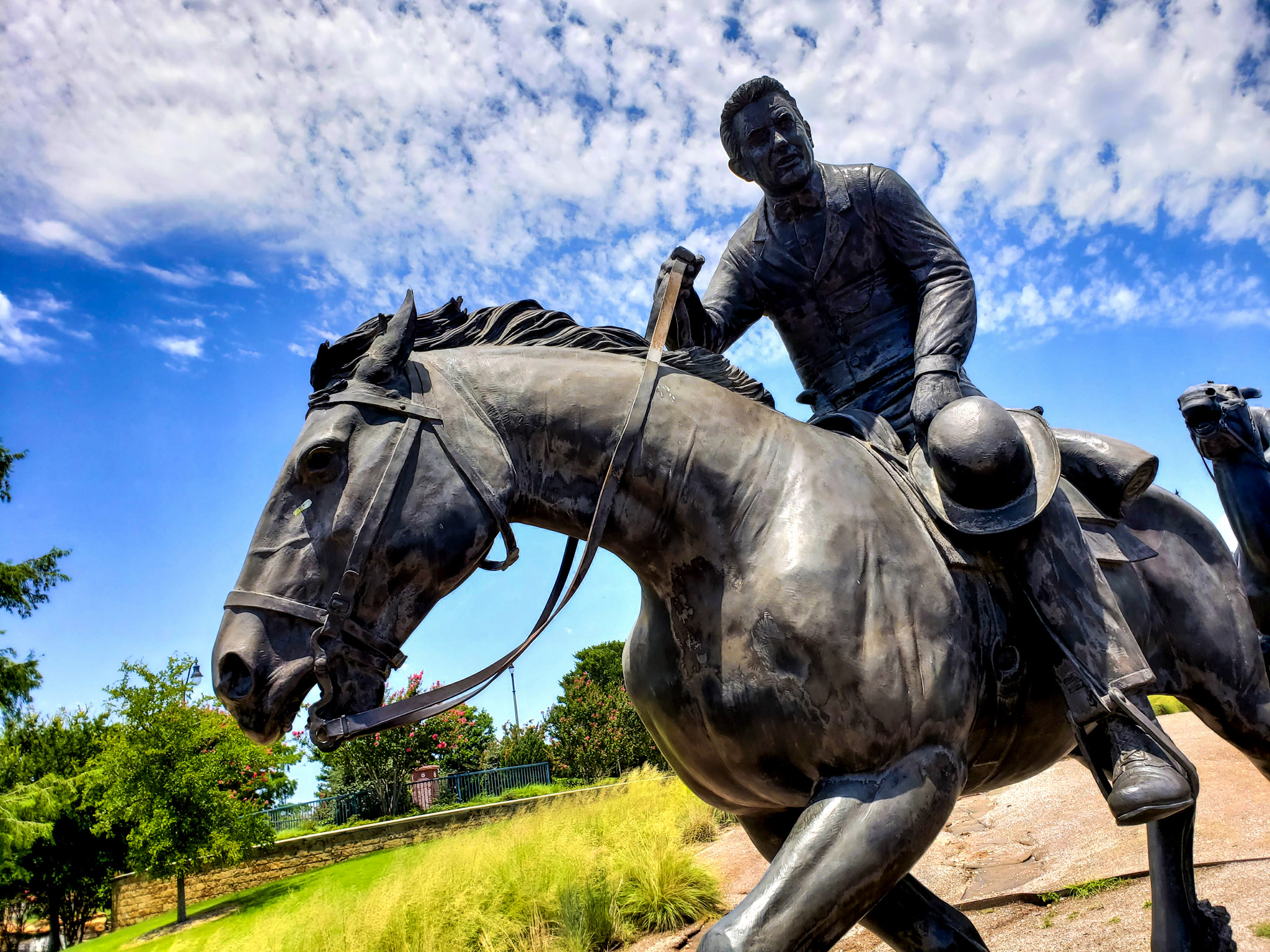Being an adult Indigenous reunited adoptee has left a time stamp on me. It will take many years to recover the connections lost in adoption and I will have to work at it very hard for the rest of my life to reestablish roots which I was torn from at an early age. There are moments when I see the bonds forged over years between cousins and aunts and uncles and feel they’re in some invisible clique and I’m an outsider.
When I first began reconnecting, most of my native family members were accepting and curious about my life before coming home to them. But I often felt judged on so many levels. I remember having a cousin ask me how far I made it with my Education? A response following that he had obtained his master’s degree, letting me know that he made it further that I did.
My Indigenous biological family certainly had struggles in life. Most of them struggled with addictions, gambling, and money trouble—all so foreign to me. I had been raised in an upper middle class white family. I grew up with many nice things and a Private Catholic school upbringing. We always had meals and I never had any worries while I was an adolescent. I cringed when I heard stories about some of the things my cousins went through when they were young.
I grew up knowing I was adopted, as I did not resemble anyone in my immediate family. I had black hair and olive skin unlike my Polish & German adopted parents. I always stood out in the Elementary Catholic School I attended. I felt like I was treated differently by the Teachers and Nuns. The Teachers/Nuns always picked me last for lining up for school tasks and learning.
One day I found a birth certificate on our dining room table, and I asked who was baby Veronica? The birth certificate was quickly snatched out of my hand by my adopted Mom Virginia. I was told that evening that I was adopted into the Smith family. I do not recall my age, but I do remember the moment. I felt a disconnect with the Smith family. From that point on, I was always reminded that I was adopted.
At Doctors’ appointments, I remember my adopted Mom telling the Doctors that, "Suzie does not have any medical records as she is adopted." A long heavy silence would overcome me. An awkward silence reminding me that I am adopted.
As my late teen years approached, I always wondered who my biological parents were? What did they look like? I had dreams about being parked out in a car on their street, watching them coming and going into their house. At that time, I didn’t have a desire to meet them, I just wanted to watch them from afar.
My biological birth family found me when I turned forty years old. I started my search for them when I turned eighteen and waited over twenty-two years for one phone call from just one of my biological parents. Instead, I got a voicemail from a Sarah Knestrick. Her gentle, sweet, accented voice said she was “calling for Susan Fedorko who was adopted, and would love to connect with her.” I immediately thought this person leaving this message was my biological Mom.
After some niceties, my half-sister Sarah left contact information for me to call her back. I hung up the phone thinking to myself. “I have waited a lifetime for that call.” Years before, I had posted details of what I knew about my adoption on some Internet Search boards. Mainly the year I was born, what State my adoption took place in, and other details I had obtained from the Adoption Agency, which they call “Non-Identifying Information.”
I composed myself and called the number back after a ten-minute pause to catch my breath. Sarah, I learned, was my birth mother’s second daughter, and I was her first daughter. She said she was very disappointed to have to tell me that our Mother had passed away in 1997. Excitement drained from my face. I realized that I would never have the opportunity to talk with my birth mother. I would never get answers to my questions I had. I would never be able to look upon her face and see how proud she was with me. I would never get to hear her voice.
Sarah was able to tell me that my birth mother’s name. Catherine Dahmen (Sachs). She said it as if I was supposed to recognize the name? I told her that I was unfamiliar with that name. Sarah then went onto to say that Cathee Dahmen was a “huge, huge model.” I was not sure what she was trying to tell me? At first, I thought she was telling me that our Mother was a plus-sized model?
But Sarah was trying to tell me that Catherine Dahmen was a famous Supermodel, who graced the cover of Vogue and Harper’s Bazaar and Elle magazines during the late 1968 era. She was one of Eileen Ford’s top earners back in the late sixties. And would also be recognized as the first Native American Supermodel.
Cathee was once married to a famous British actor Leonard Whiting – Romeo from “Romeo and Juliet.” Cathee was also married to a musician by the name of Alan Merrill, who co-wrote the song that Joan Jett sings, “I Love Rock n Roll.” She went onto to have three additional children after me.
Cathee’s whole career teetered because of my adoption. The family story was that Cathee’s mother, my grandmother Mary Morrison was the native visionary of the family. She saw great things to happen to Cathee. She believed, I was in her way of having the great things to happen. Cathee gave birth to me at the young age of sixteen years old. She was not the only daughter this would happen to. Mary’s three oldest daughters all had children at an early age, all out of wedlock. Mary saw that Cathee was going to be famous and make lots of money in her career where she would be recognized all over the world.
One day, while Cathee was attending regular High School classes, Mary packed me up and adopted me out without Cathee knowing anything about this plan. She came home one day from School to find me gone, at her Mothers hand. This angered Cathee and it was decided that Cathee move out to the East Coast to live with her Uncle George, renowned Native American Artist-George Morrison.
Cathee could finish up her schooling and being away would help her overcome losing her daughter Veronica Rose, aka “Cricket.” Cathee nicknamed me “Cricket” and the rest of the family called me “Cricket” as well.
Cathee finished her High School academic career at Hope High School in Rhode Island. She is remembered by High School friends as being reclusive and on the shy side. Cathee’s Uncle George Morrison was an accomplished Artist at this time. He had several friends who would sketch and paint Catherine as she made the perfect still life model.
Fashion Illustrator Antonio Lopez recognized Cathee’s portrait. He was drawn to the model in the painting. He asked George who the model was in the painting? George had responded with “my Niece Cathee.” Antonio asked if Cathee had wanted a career as a Fashion Model? Antonio was in a place to be able to see this become a reality. He began sketching Cathee’s portrait in Haute Couture. Cathee became an instant sensation and was signed as an Eileen Ford Model. She was photographed for many magazine covers all over the world. She would travel the world having her photo taken over and over again for many Fashion magazines. Her face is recognized from being a model during that era, however, her name is not as recognized as her face was.
Uncle George Morrison is considered one of the greatest Native American Artists of the twentieth century. He has had pieces in the White House and all over the world, and most recently he was one of the two main featured Artists when they opened the National Smithsonian of the American Indian Museum in 2004.
Once I discovered who Cathee was I was elated that she became a success with her life after our separation. I also knew that it was at my expense. It is bittersweet to see her photographs on the covers of well know magazines back in that era.
I am so happy that she made a great life for herself and her other kids. I always wonder if I ever crossed her mind at times. Did she wonder where I was? Where I landed? Was I loved? All questions I would never hear answers to. In one tiny sentence from my half-sister Sarah, informing me that our Mother has passed. I lost so much.
It has left me with distrust, abandonment issues, and fear of belonging. I have always had anxiety and issues with social skills. I often feel out of place and thought people would surely recognize that I didn’t belong. Every year for my birthday I was reminded that I wasn’t wanted. It was hard to be excited for my birthday when I was always reminded that somebody did not want me.
I am now fifty-eight years old, and I am still at war with myself. Adoption for me has taken a lifetime of adjustments. The older I get the less painful it is for me. I have bonds with my biological birth families now, however there are still struggles being accepted by certain people.
It is painful to know that I have had two biological brothers turn their backs on me. My brother on my biological Fathers side was very upset that I was corresponding with his soon to be ex-wife. I tried to tell him, when I met his family, I met them as a whole family, and established a great bond with his wife. It was hard not to keep in touch with her. He viewed this as a betrayal and cut me out of his life.
My little brother on my biological Mom’s side really never accepted me as his long-lost sister. He always put up road blocks and actually believes I am posing to be the real daughter, he even demanded that I get a DNA test. Once it was confirmed that I am Cathee’s daughter he still to this day wants nothing to do with me.
This same brother believes that Cathee was a private person. She would not like this adoption reunion aired in public. I believe this is my story too, and I want the world to know about both of us.
My thought is that, it is because of me that he exists. Had the family decided for me to stay with Cathee, she would have never moved out to the east coast to live with Uncle George. She would have never been in the right place at the right time, to be discovered as a Fashion Model. She would have never married Leonard Whiting or Alan Merrill. Cathee would not have been discovered as the first Native American Supermodel had she stayed on the Grand Portage reservation.
I no longer have the energy to try to gain their acceptance. I merely think that someday they will have to face the music with our Mother/Father. They will be held accountable for their actions toward me during our lives. They will be judged at some point on how they treated me. I always tried to fit in with them, and it was their decision to act like I didn’t exist, or acted like I was a fake Cricket.
I am so glad that I wasn’t located until I was at an age I could handle learning about what happened to me. If I had been located when I first started searching for either biological parent, the outcome would have been different. There would have been things that would have been hard to swallow at the age of eighteen.
To this day, I always have distaste for my Grandmother Mary Morrison. It was not her place to make decisions on my life. I hope that she sees the wonderful successful human being I turned out to be. I want nothing to do with her ever, even in death. I see cousins who brag about what a great Grandmother she was. She will never be anything but the evil person who casted me out of the family circle. I realize that it takes a long time for forgiveness to pour out of me.
I was also able to connect with my biological Birth Fathers side of the family as well. I was elated to learn that I was the oldest sister to his children. My birth Fathers name is Thomas Conklin; he is enrolled in the White Earth Nation in Minnesota.
Tommy Conklin also passed away before I had the chance to meet him. He passed in 2001 of colon cancer.
Tommy Conklin was about seventeen years old when I was born. There was no contact with my Birth Mother shortly before I was born in 1962. Tommy had left Cathee on her own to have/care for me.
I have heard when he was on his deathbed, he tried to tell his children about me, but he held back the information. My brother Thomas Jr. told me that he was certain our Father was trying to tell them about me, he said it was too hard for him to let it out.
It has now been eighteen years since I have been in reunion. I have established relationships with immediate family members. It took time to find my place at the family table. When I was first located the initial shock of realizing my loss in place was so hard to accept. I didn’t realize that it would take a tremendous amount of time to plant some roots in the family circle. I have lost three significant relationships of the Dahmen family. I lost my Aunties Elaine and Barbara and an Uncle Peter. All three I met and established relationships a short time, only to lose them to sickness.
My Adopted family has disintegrated and crumbled. My adopted Father Lloyd died in 2013. My Father, my adopted brother Steve and my Husband Tim are the three men in my life that I set the bar for in men. Each of them has captured my heart in their own way. I am protective of my heart.
My husband and I have lived in the same house for over thirty-four years. When I was found in 2002, I realized that Cathee died a little over thirty miles away from my home. I waited a lifetime to meet her, yet she was so close!
I have had a pretty good upbringing; both Adoptive Parents did their best in raising me. I tried to inherit Antiquing from my Adopted Mother Virginia. One of the things I started collecting was old Vogue and Harper’s Bazaar and Life Magazines.
When I was informed who my Birth Mother was, I went to my bedroom closet where I stashed my collection. I found photos of my Birth Mother within the pages of those Magazines. Not only did she die over thirty miles away from me, Cathee was with me for years on the pages of the Magazines within my own closet.
Author’s Bio:
A lifelong resident of Minneapolis, Minnesota, Suzie Smith Fedorko (Grand Portage Band of Chippewa - Oijbwe) has contributed her writing to two anthologies (Two Worlds, left photo) on the subject of being adopted and has done numerous media interviews. Her most recent memoir “Cricket: Secret Child of a Sixties Supermodel” details her astonishing 22-year search for answers and describes touching reunions with both of her birth-families in two Minnesota tribal nations.
SOURCE: https://nativeskinonline.com/creative-nonfiction-february-2021/missed-by-years
AND OTHER STORY SUZIE WROTE: https://livingthesecondact.com/2019/09/24/my-adoption-reunion-story/



:format(webp)/https://www.thestar.com/content/dam/thestar/news/gta/2022/12/11/the-60s-scoop-stole-so-much-from-my-family-heres-how-im-reclaiming-whats-lost/hidecamp_web_and_print_main.jpg)
:format(webp)/https://www.thestar.com/content/dam/thestar/news/gta/2022/12/11/the-60s-scoop-stole-so-much-from-my-family-heres-how-im-reclaiming-whats-lost/kierstin_alessia.jpg)

































